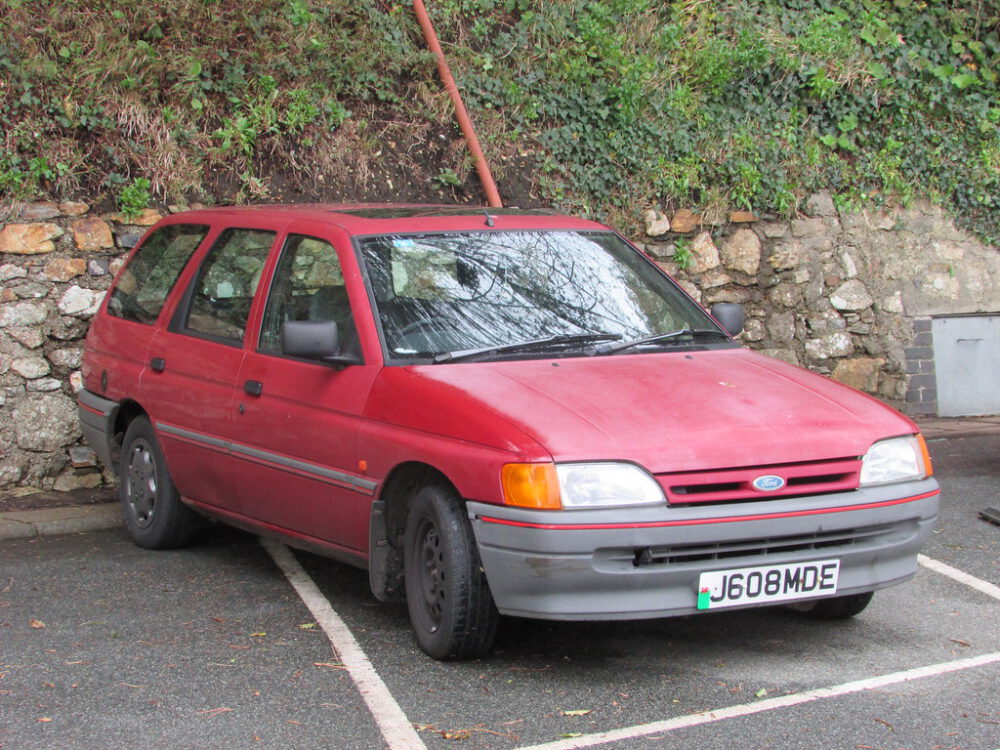Somewhere around 2003, I bought a red Ford Escort Station wagon like the one in the photo. It was not because I particularly liked it, but I could afford it and desperately needed a car for my work. It turned out to be not the best choice. Over the years, the repair costs got higher and higher, and the once shiny red color faded into the one you see in the photo. If I add up the repair bills, it would have made sense to get rid of it as soon it was clear this was not the best-built car in the world. Yet I didn’t. When something broke, I decided to let it be repaired because I had paid a lot of money a couple of months earlier for some other repair. Somehow, I convinced myself to invest more in something that was clearly not working out just because I had already invested so much money in it. Luckily, I am not the only one doing this; there’s even a name for it: sunken-cost fallacy (see Wikipedia).
(..) Sunk costs often influence people’s decisions,[7][14] with people believing that investments (i.e., sunk costs) justify further expenditures.[16] People demonstrate “a greater tendency to continue an endeavor once an investment in money, effort, or time has been made”.[17][18] This is the sunk cost fallacy, and such behavior may be described as “throwing good money after bad”,[19][14] while refusing to succumb to what may be described as “cutting one’s losses”
In my work in ML and data engineering, I encounter (far too) many companies doing the same with their various platform efforts. They are throwing money and people at a platform that clearly is not working for them. Whether that’s because it’s technically challenged, not fit for purpose, underdelivering, or any other problem doesn’t really matter. They keep investing in it, even if there are better alternatives available. When asked why they keep investing in something that’s not working, the usual answer is the same as I gave for paying for yet another car repair: “We can’t because we already invested so much in it.”

